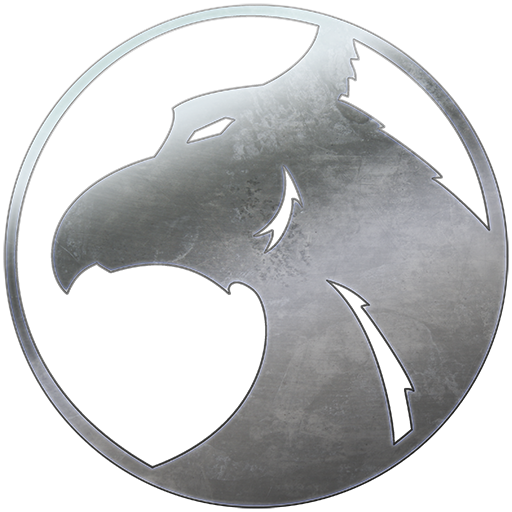The city of Summerfort is big enough to support several temples to various gods of Eiridia. Each of these represents a particular “cult,” to use the Ancient Egyptian connotation of the word. Patron gods in Eiridia are not like those of other popular fantasy settings; rather than being a spell flavor, each deity’s followers have a living culture and belief system that supports their worship as a central pillar above all other gods.
The most visible temple in Summerfort is the Temple of Shora, the Goddess of Change. Frequently associated with magic and chaos, Shora is one of the three Prime Goddesses credited with creating the world. In Summerfort’s case, she is worshiped primarily as a champion of challenging the frontier, and her Temple is very popular. Her temple resembles nothing so much as an ancient Babylonian ziggurat, and is one of the largest buildings in Summerfort.
Shora’s priesthood is devoted to each of her aspects, excepting the most controversial one – the mother of the Dragons. That legend regarding her is actively suppressed in Summerfort, since any mention of the ancient evils sets the common populace on edge. There are enough rumors of evil in the city without invoking the names of the most powerful of them.
If her priesthood has any motive in the city, it’s to see that Summerfort prospers and thrives. Most of the priests are very good people and make sure that travelers are well cared-for and supplied. Because of their fierce dedication to growing the city, Summerfort’s mercantile groups go out of their way to ensure the Temple’s success. It’s just good business.
The least visible temple is the Shrine of Irtu, a very small building with only a small handful of acolytes led by the priestess Metria. As the newest temple in Summerfort, the Shrine of Irtu has only a small following, though it’s growing as more people learn of Metria’s compassion and drive. As Irtu is the most powerful and mysterious of the Prime Goddesses, many regular citizens are intimidated by her. However, those that follow Irtu are the most zealous of all, save the Brotherhood of Light out of Nardora.
Irtu’s priesthood in Summerfort is the only group capable of performing that most rare of services, resurrection of the dead. Metria is very selective in who she brings back, and her fee for this is enormous. She believes that while the dead can come back, they should almost never do so, as it is their destiny to depart at the time they did.
The minor players in town are the Temple of Baal, the Shrine of Asrin, and a small handful of others. The Temple of Baal, Demigod of Strength, is extremely popular with the city guard and any other warriors in town. Baal’s followers are strong believers in their own personal power. A handful of students of sorcery also follow Baal for the same reason. His adherents tend to be very self-confident, and while they can be aggressive, are not always, or even mostly, brutish.
The Shrine of Asrin, God of Protection and Machines, has been in Summerfort almost as long as the town itself has existed. Not as dramatic or as charismatic as the priests of Baal, Asrin’s priests in Summerfort guide their followers in the service of Summerfort as its protectors and engineers behind the scenes. A number of the artisans in town bear the wooden or silver crossed sword and hammer that symbolizes dedication to Asrin, and a handful will even ask the priests of their faith to work divine magic into their creations. Weapons blessed by Asrin are extremely expensive and rarely fetch less than 10,000 gold sovereigns, but as unbreakable examples of the Machine God’s indomitable will, they are worth every last copper to those who believe.
Though in Ingenium one’s chosen patron god doesn’t matter much mechanically, in Eiridia and Summerfort particularly, your character’s declared faith can have a dramatic effect on her interaction with the locals.


Comments
3 responses to “Temples and Their Orders in Summerfort”